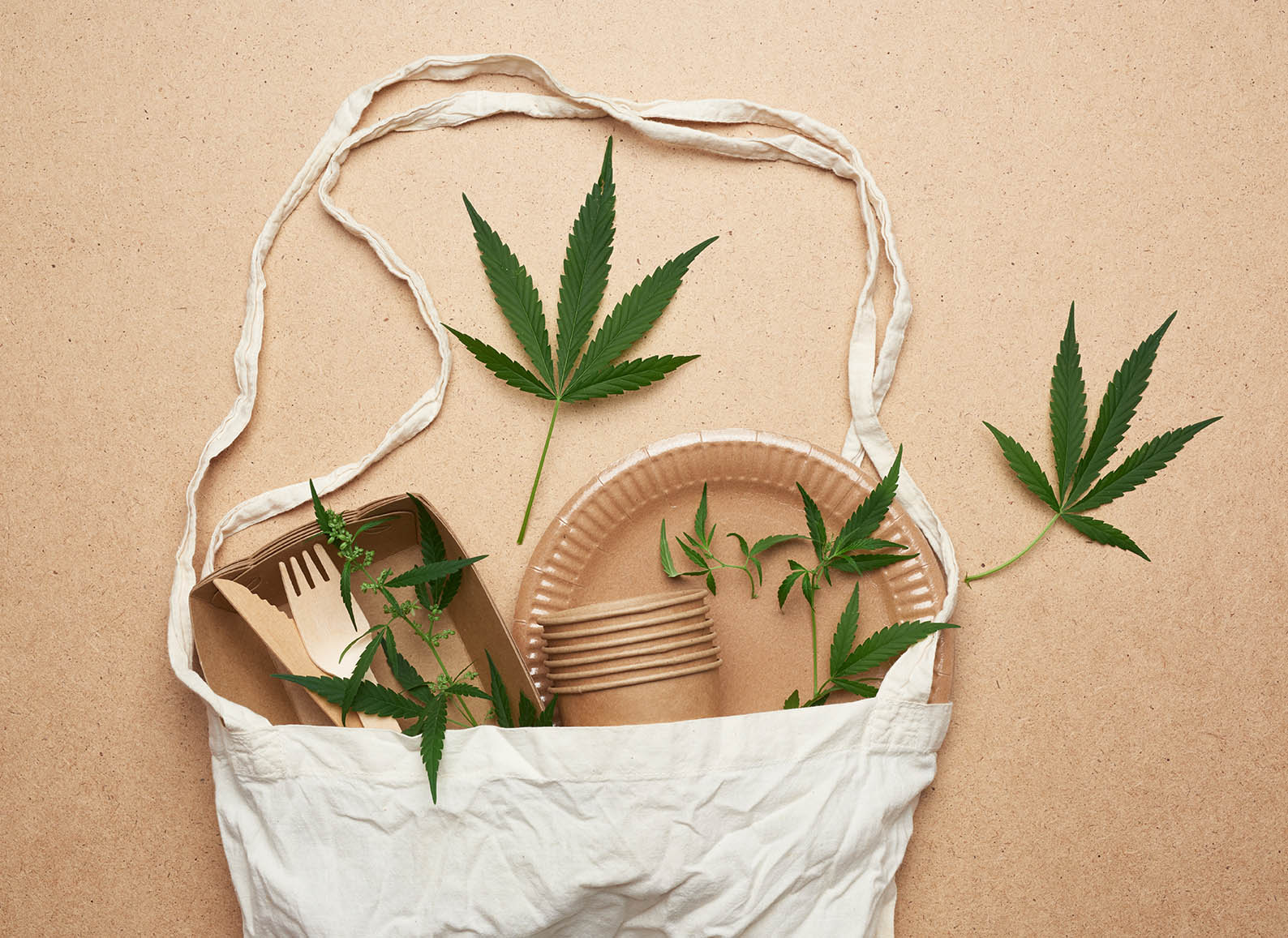Your cart is currently empty!
The Benefits Of Hemp Plastics

The Rise of Hemp Plastics: A Greener Alternative for a Sustainable Future
In the face of mounting environmental concerns, the world is urgently seeking alternatives to traditional petroleum-based plastics. Among the most promising contenders is hemp plastic—a biodegradable, renewable material derived from the stalks of the Cannabis sativa plant. Long overshadowed by its controversial cousin, THC-rich cannabis, industrial hemp is finally getting the recognition it deserves. Let’s explore why hemp plastic is poised to be a game-changer in the sustainability movement.
What Is Hemp Plastic?
Hemp plastic is a bioplastic made using the cellulose extracted from the stalks of industrial hemp. This cellulose can be processed into a variety of plastic forms, including:
- Cellulose-based bioplastics
- Hemp fiber-reinforced plastics (composite materials)
- 100% biodegradable hemp polymers
While pure hemp plastic is still a developing field, blends with other plant-based polymers or bioplastics already show immense potential.
Key Benefits of Hemp Plastics
1. Biodegradability
Unlike conventional plastics, which can take up to 1,000 years to decompose, hemp plastics can biodegrade in a matter of months under the right conditions. This reduces landfill overflow and minimizes ocean pollution, where microplastics are a growing concern.
2. Reduced Carbon Footprint
Hemp plants absorb large quantities of CO₂ during growth, often more than trees. When used in plastics, this carbon is effectively “locked in,” creating a carbon-negative or at least carbon-neutral product when manufactured sustainably.
3. Non-Toxic and Safe
Petroleum plastics often contain harmful additives and release toxic chemicals when they degrade or burn. Hemp plastics are non-toxic and safe for both human use and environmental exposure.
4. Durability and Strength
Hemp fibers are among the strongest natural fibers. When used in composites, they enhance the strength, durability, and lightweight properties of plastic. Industries like automotive and construction are already experimenting with hemp-reinforced parts.
5. Renewable and Fast-Growing
Hemp grows rapidly—up to 15 feet in just four months—and requires minimal pesticides or herbicides. This makes it one of the most sustainable crops available for industrial use.
6. Versatility
Hemp plastics can be molded into countless products, from packaging and containers to car parts and even electronics. As technology improves, the range of applications will only expand.
Challenges to Overcome
Despite its many benefits, hemp plastic faces several hurdles:
- Cost: Currently, it’s more expensive to produce than conventional plastic.
- Infrastructure: Limited processing facilities and supply chains are slowing scalability.
- Regulatory Barriers: Although industrial hemp is legal in many countries, outdated regulations still hinder its widespread adoption.
The Road Ahead
With growing investment in green technologies and rising awareness of plastic pollution, the future of hemp plastics looks promising. As production methods become more efficient and demand increases, costs are expected to drop—making hemp plastic a viable mainstream option.
Final Thoughts
Hemp plastic isn’t a silver bullet, but it’s a powerful step in the right direction. As part of a broader shift toward sustainable materials and circular economy principles, it holds the potential to reshape industries and help heal our planet. For businesses and consumers alike, it’s time to start thinking outside the (plastic) box.
